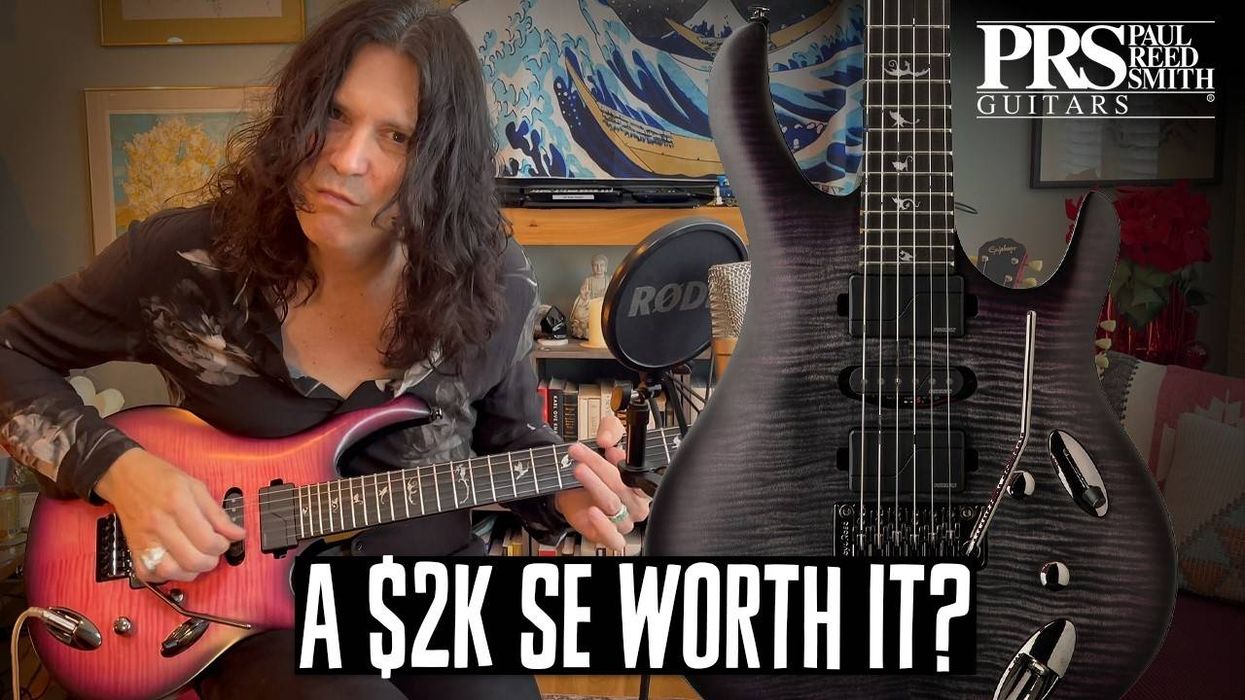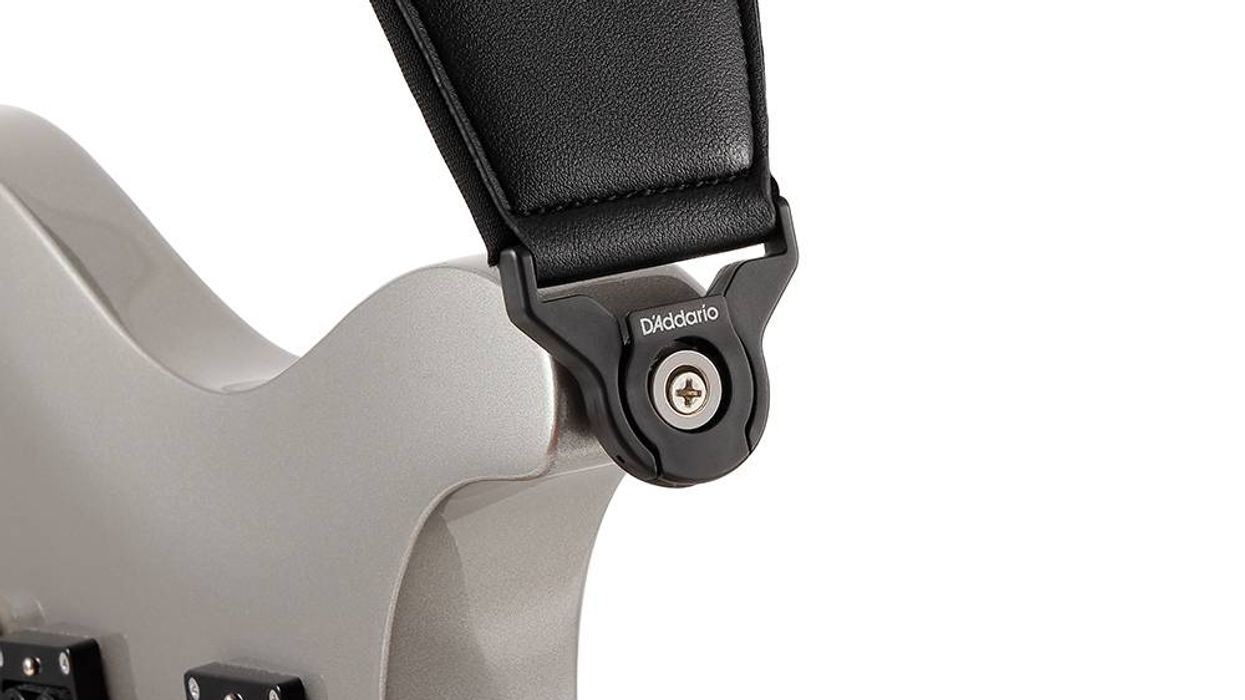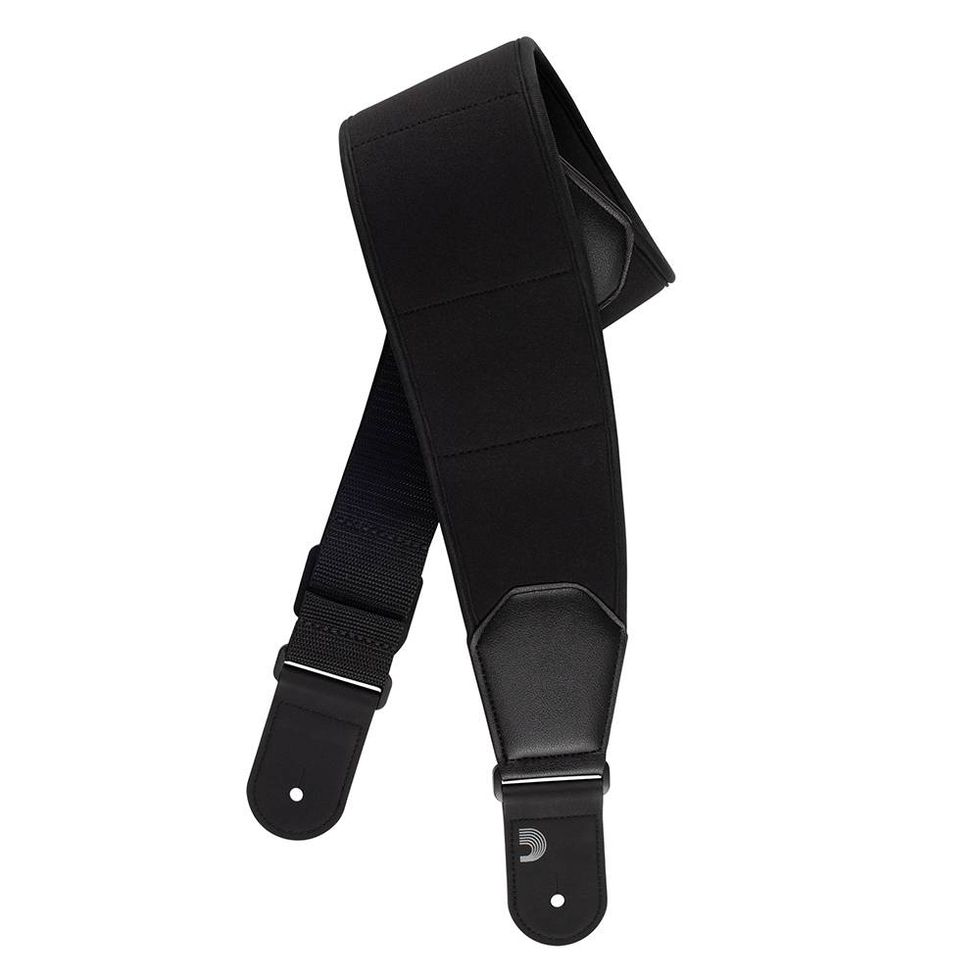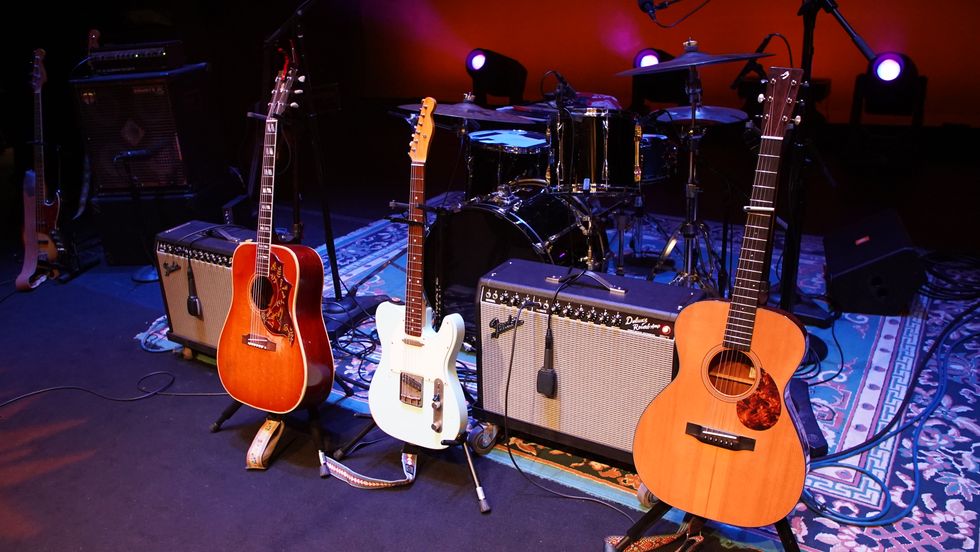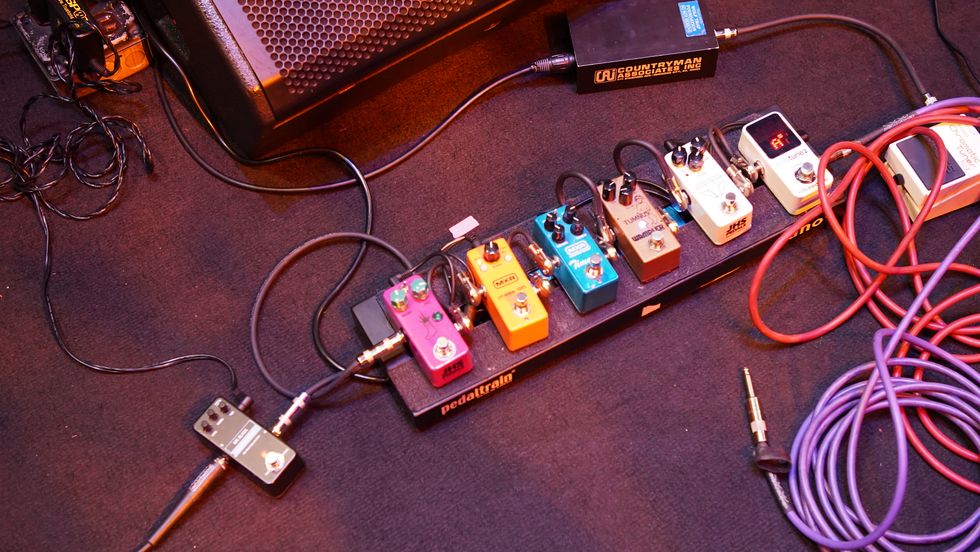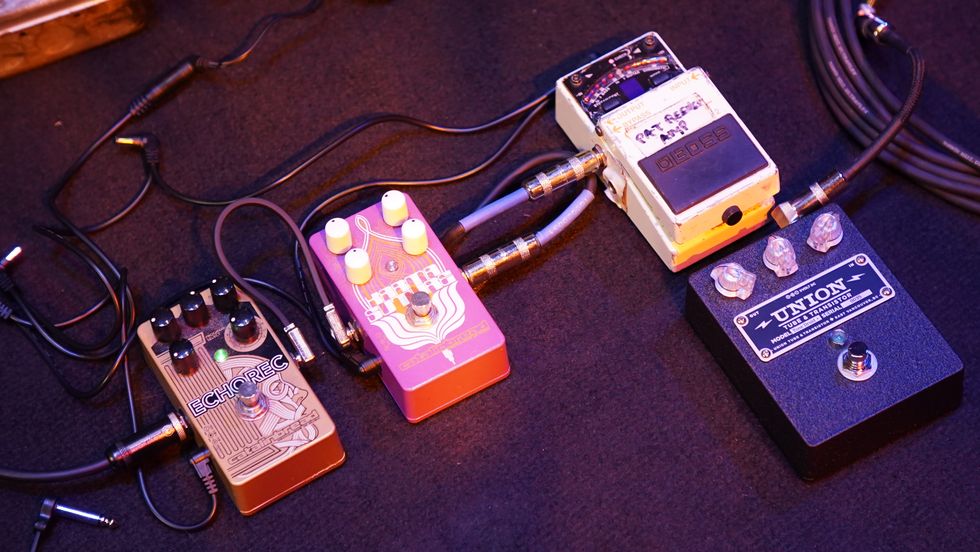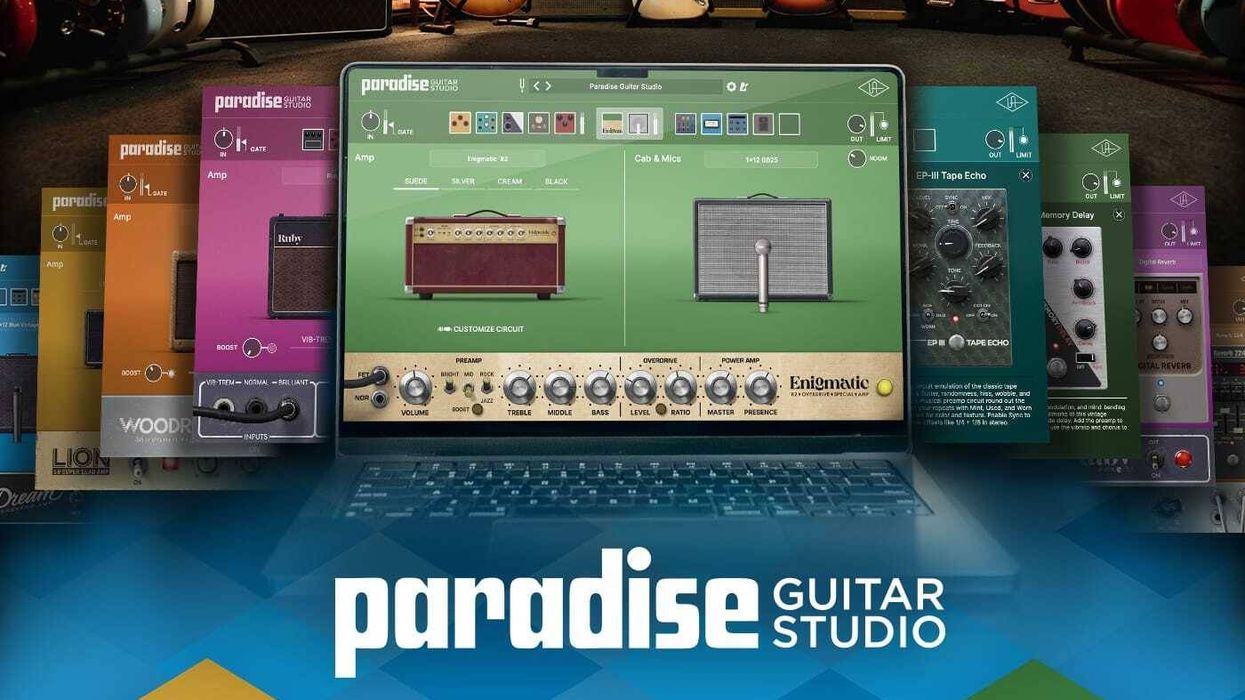I’m often asked, “What is the best speaker for this amp, playing style or artist’s tone?” “Best” is very subjective! My token answer is always, “What characteristics are important to you to improve your tone?” If you need help choosing the right speaker then seeking advice from your favorite tone guru may be the way to go. This might be someone who has heard a lot of speaker and amp combinations and can suggest the most appropriate speaker based on your style and desires. However, I challenge you to listen to your current speaker(s) more critically. Determine specifically what you want to change about your tone. Then decide what speaker(s) might be most appropriate.
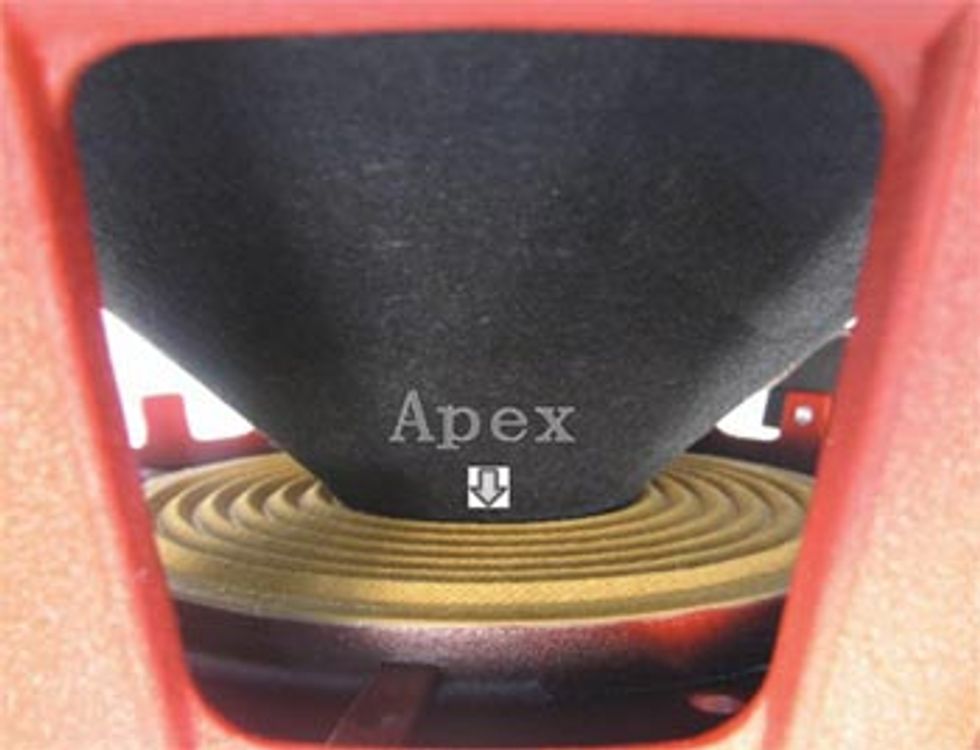 | |
|
One of the most common things I hear is, “My low end is flabby/muddy so I need to get a speaker with less low end.” Actually, you need a speaker with more low end. Your bass sounds poor because the speaker is not responding well to the rest of your tone chain. If you use a speaker with more low end definition it will sound cleaner and more controlled. There are several specifications worth considering for a speaker with better low end. However, making a comparison may be impossible if information on your current speaker is not readily available.
Consider using a speaker with a larger voice coil diameter. You can measure this if you don’t already know what you have. Voice coil diameters on guitar speakers are typically 1”, 1.25”, 1.5”, 1.75” or 2”. In order to find the diameter of the voice coil, measure at the cone’s apex (see figure 1). Take a string and wrap it tightly around the apex just above the spider to find the circumference. Then divide by 3.14 to calculate the diameter. The cone and spider neck were also a part of your measurement and must be taken in account. You will need to round down to the closest voice coil size mentioned above.
The larger a voice coil diameter, the larger the mass of the piston. This basically shifts or narrows the frequency response. The result is more low end and less top end extension, while power handling also increases. Some players are skeptical of using higher powered speakers with smaller powered amps. Remember, you should consider the SPL rating. This represents the output measured at 1 watt, 1 meter from a microphone. It gives you an indication of how loud the speaker will be. Guitar speakers are typically abundant in SPL and don’t require much power to push them effectively or to make them loud.
Some players opposed to larger voice coil guitar speakers, specifically 2” voice coil speakers and above, feel they sound sterile. That’s simply a preference — some will like it, some won’t.
Others worry that their bass will be too emphasized. I often hear, “I don’t want a ‘boomy’ or ‘woofy’ bass.” That’s a legitimate concern, but you should have multiple choices within a certain voice coil range. All your choices with a larger voice diameter should produce more bass than what you currently use, but they won’t all have the same amount. One with a wider frequency range will sound less defined on the low end. More aggressive highs and mids will tame the amount of low end you hear because your ear will interpret more of a full spectrum sound. Use the voice coil size as a starting point. Then compare further specifications and characteristics that appeal to you.
Another way to judge the low end response is to compare magnet size and the Qts parameter. A smaller magnet increases the Qts. A higher Qts theoretically should lend more bass. The key to make this comparison relative is to ensure other details are similar. You can’t simply choose the speaker with the highest Qts and assume it produces the most bass. Make sure to compare speakers with the same voice coil diameter, similar response curves and maintain other specifications are fairly similar. Then it’s safe to assume that a smaller magnet and higher Qts will produce more bass.
I hope this gives you some ideas on how to achieve cleaner, more articulate bass. Next month we will talk about the mids, highs and break-up characteristics.
Anthony “Big Tony” Lucas
is a guitarist and Senior Lab Technician at Eminence Speaker LLC, where he specializes in guitar-speaker design and customer support. Big Tony has been with Eminence for over 10 years and is responsible for many well-known guitar speaker designs.


